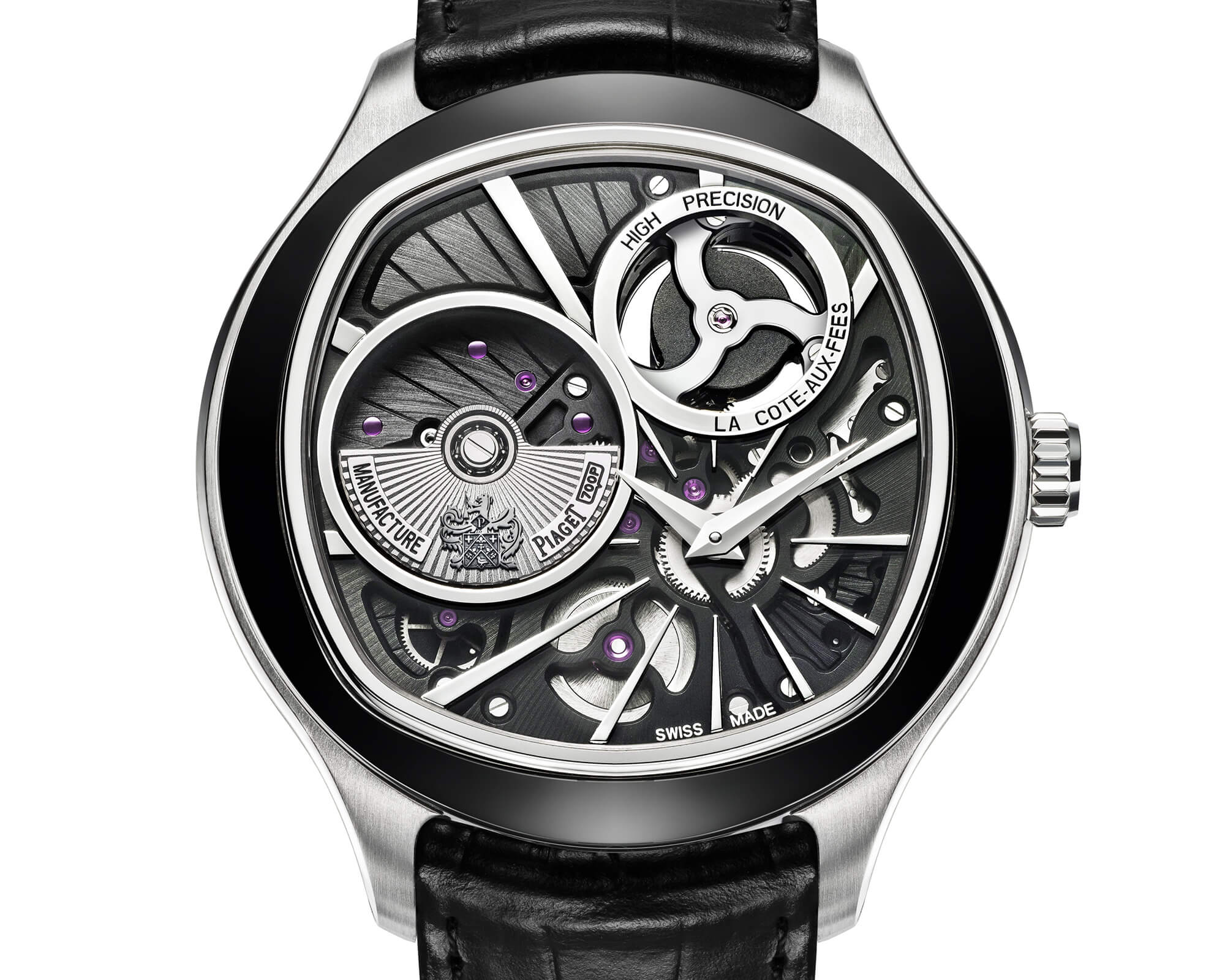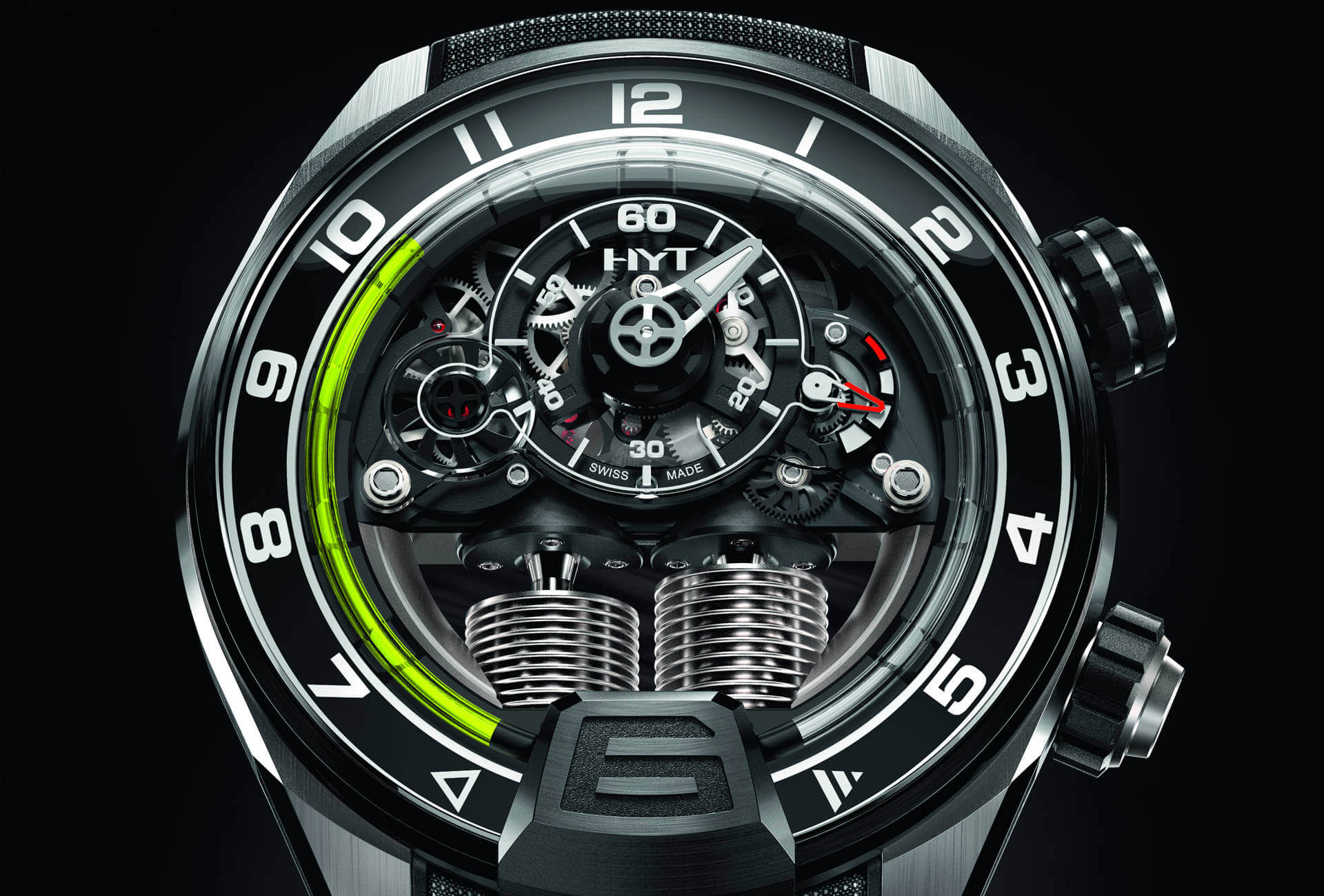Piaget is making use of electronics in a completely different way. Its 700P movement is a reference to the 7P, the brand’s first quartz movement and one that demonstrated its independence and innovative spirit when launched forty years ago. Given the context, that the 700P should also feature quartz technology should come as no surprise. There is, however, no battery, one of the key requisites of fine watchmaking. The 700P is in fact based on the architecture of the 1270S, an upside-down automatic movement with a flying tourbillon whose oscillating mass is visible from the dial-side. The 700P looks almost the same, were it not for the opening that now features a tiny generator instead of the flying tourbillon.
This generator is driven by an almost ordinary gear-train with some additional wheels that cause it to rotate 5.33 times per second. The ratio between the barrel and the generator is therefore around 1:7,000 instead of the 1:4,000 of an ordinary mechanical movement. The generator in the 700P has two functions. Firstly, it produces the electrical energy that powers the cleverly hidden quartz circuit that ensures movement accuracy. Secondly, because its speed is monitored by the quartz circuit and can be reduced if required, it acts as an electro-magnetic escapement.
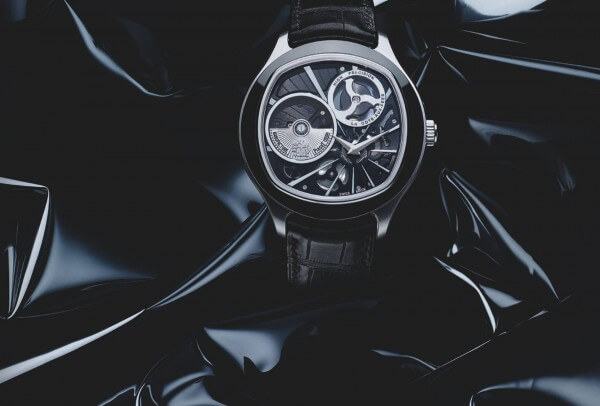
A new trend?
The idea behind this movement is as old as the first Piaget quartz caliber, the venerable 7P from 1976. Swiss watch engineer Jean-Claude Berney was first to investigate ways to get rid of the battery by combining a mechanical gear-train with a quartz-controlled brake. Alas, micro-mechanics were less evolved in Berney’s day, and so his project was doomed to failure as the micro-generators of that time offered too much resistance to the feeble forces of the conventional gear-train of a watch movement. The idea was left to slumber in a drawer at the Swiss patent office. It wasn’t until the 1990s that Japanese brand Seiko turned a similar idea into reality. In all probability, Japanese engineer Yoshikazu Akahane came up with the idea in 1977 independently of Berney. Seiko debuted the system in 1998 in a hand-wound watch: they too were struggling with generators that were hard to move. Seven years later the problem was finally resolved, and the Japanese manufacturer launched an automatic version of what it called the Spring Drive.
We were curious to see whether Baselworld would show similar solutions, and in doing so confirm that these single examples might evolve into a trend.
According to Eric Klein, who until recently led the development team for the Piaget 700P, the main difference between the Spring Drive and Piaget’s approach lies in the generator, which was optimized to offer the least resistance to the gear-train and hence maximize output. The 700P thus offers quartz precision coupled with the look and feel of a mechanical watch that does not need a battery.
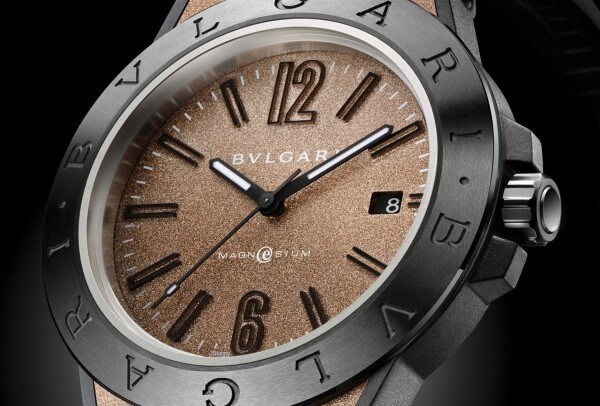
We were curious to see whether Baselworld would show similar solutions, and in doing so confirm that these single examples might evolve into a trend. However, leaving aside Urwerk and HYT, who were also in Basel, the other electronic solutions on display were of a different kind and more akin to the notion of connected watch. Bulgari, for one, has further developed the titanium model it introduced in 2015. The embedded NFC chip is now not only a digital key but can also be used to make contactless payments. A similar chip has been incorporated into the straps of selected products by Mondaine.
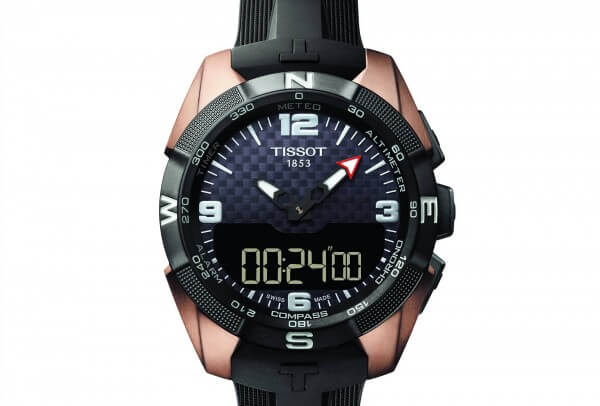
The end of a taboo
Given that brands in the lower price ranges are most affected by the introduction of the Apple Watch, it was no big surprise to see Tissot, whose T-Touch now has a few years under its belt, introduce an intelligent version of its famous instrument watch, the T-Touch Expert Solar. This is a standalone solution that works independently of a smartphone. On the downside, its functionalities do not go beyond those of existing multi-function sports watches.
The only two brands to have presented genuine smart watches – ones that feature virtual dials with touch-sensitive screens and whose operating systems need the intelligence of a smartphone – were Tag Heuer, which had already launched its Connected model last autumn, and, surprisingly, de Grisogono whose smart watch comes with a bezel that is, of course, set with black diamonds.
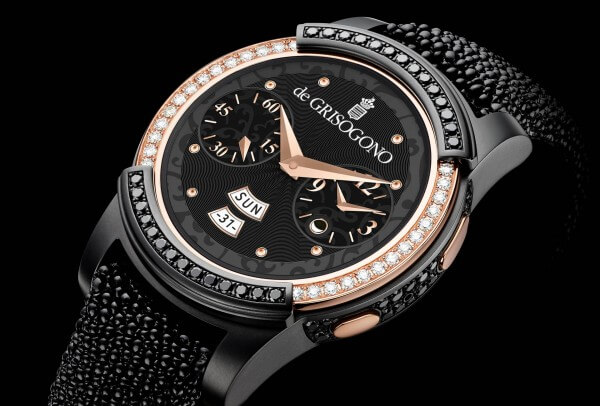
From an observer’s point of view, it remains difficult to predict what either the big electronics companies or the traditional watch manufacturers have up their sleeves. So far, the latter have come up with quite a colorful bouquet. Which side consumers will ultimately come down on is even harder to foresee. One thing seems certain though: electricity is no longer a taboo in fine watchmaking, whereas batteries definitely are.








